SUMMARY
VENOM: Very mild - no known danger
PREVALENCE: Not common
ACTIVE PERIOD: Active at night
KEY ID FEATURES: Long slender body, highly patterned with grey brown body, black spots and reddish orange coloration on the spine and head, belly is white and yellow, head is large relative to neck
BEHAVIOR: Largely arboreal, will move into 'S' position and bite defensively
SIZE: Medium - 80-100cm
OTHER: Rear fanged and technically venomous but not known to be dangerous to humans
QUICK ASSESSMENT 0-10
GALLERY
IMPORTANT: Many snakes have significant variance in coloration and pattern even within the same species. There can also be extreme differences in appearance from juveniles to adults so it is important to never assume you have properly identified a snake.
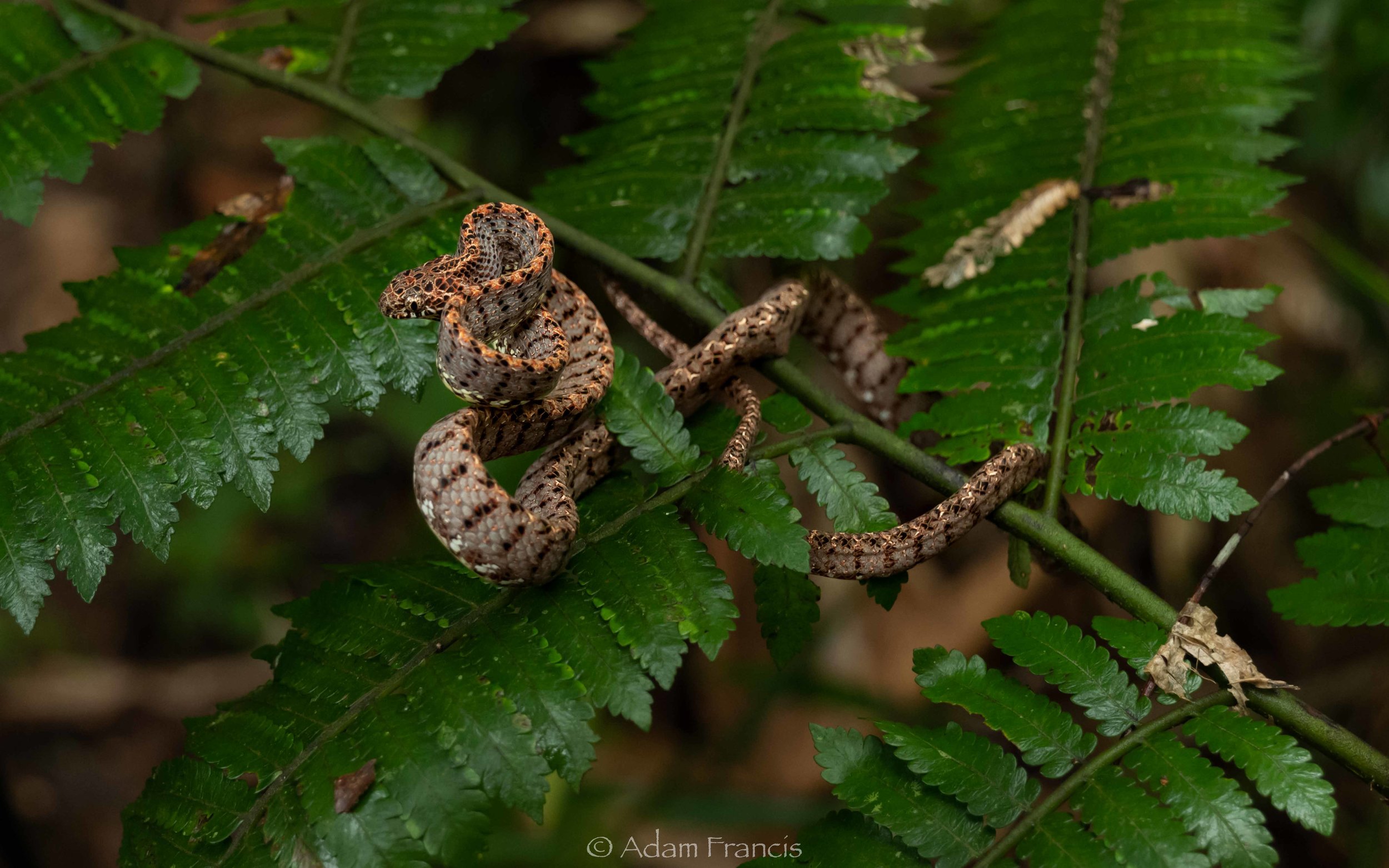
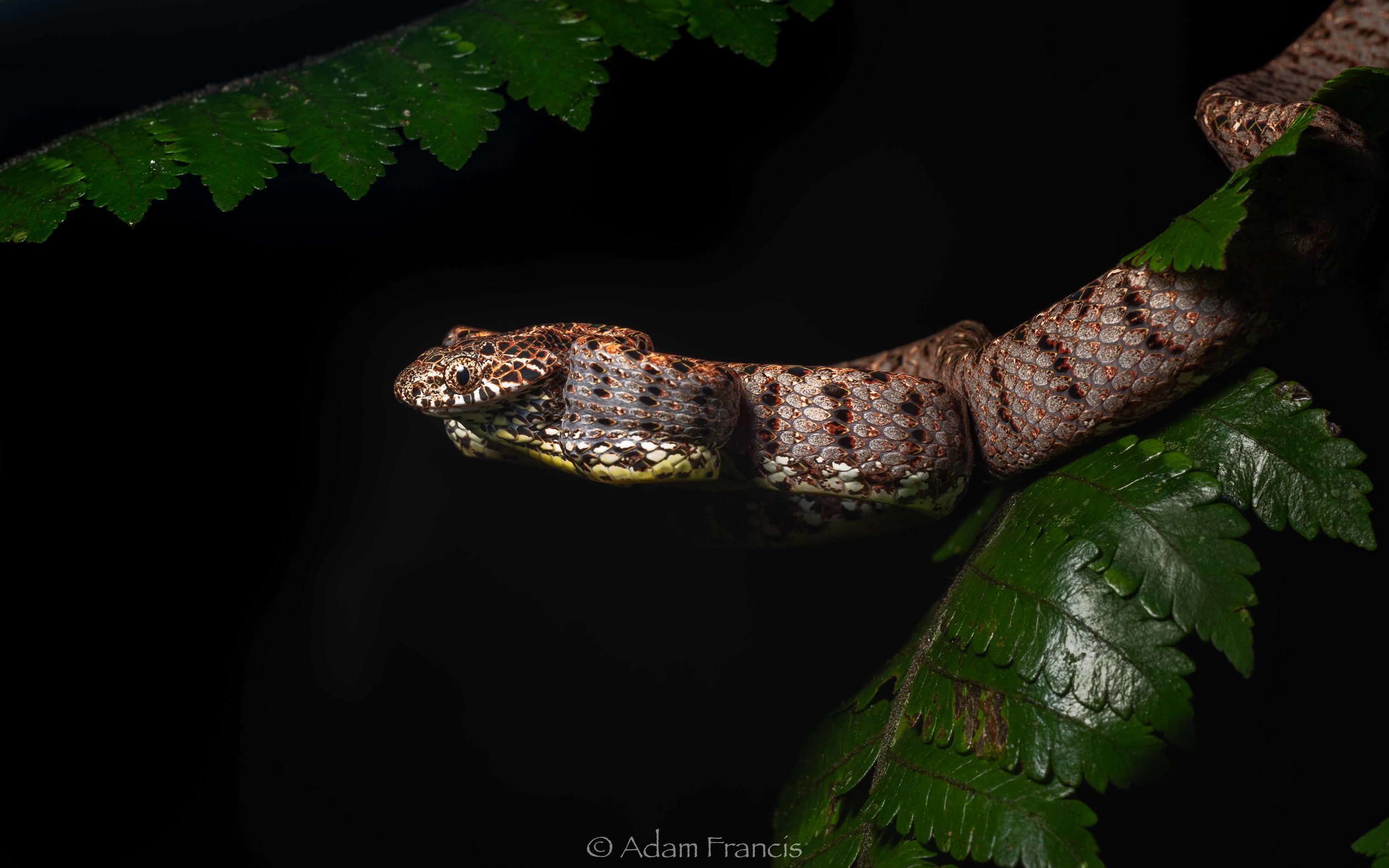
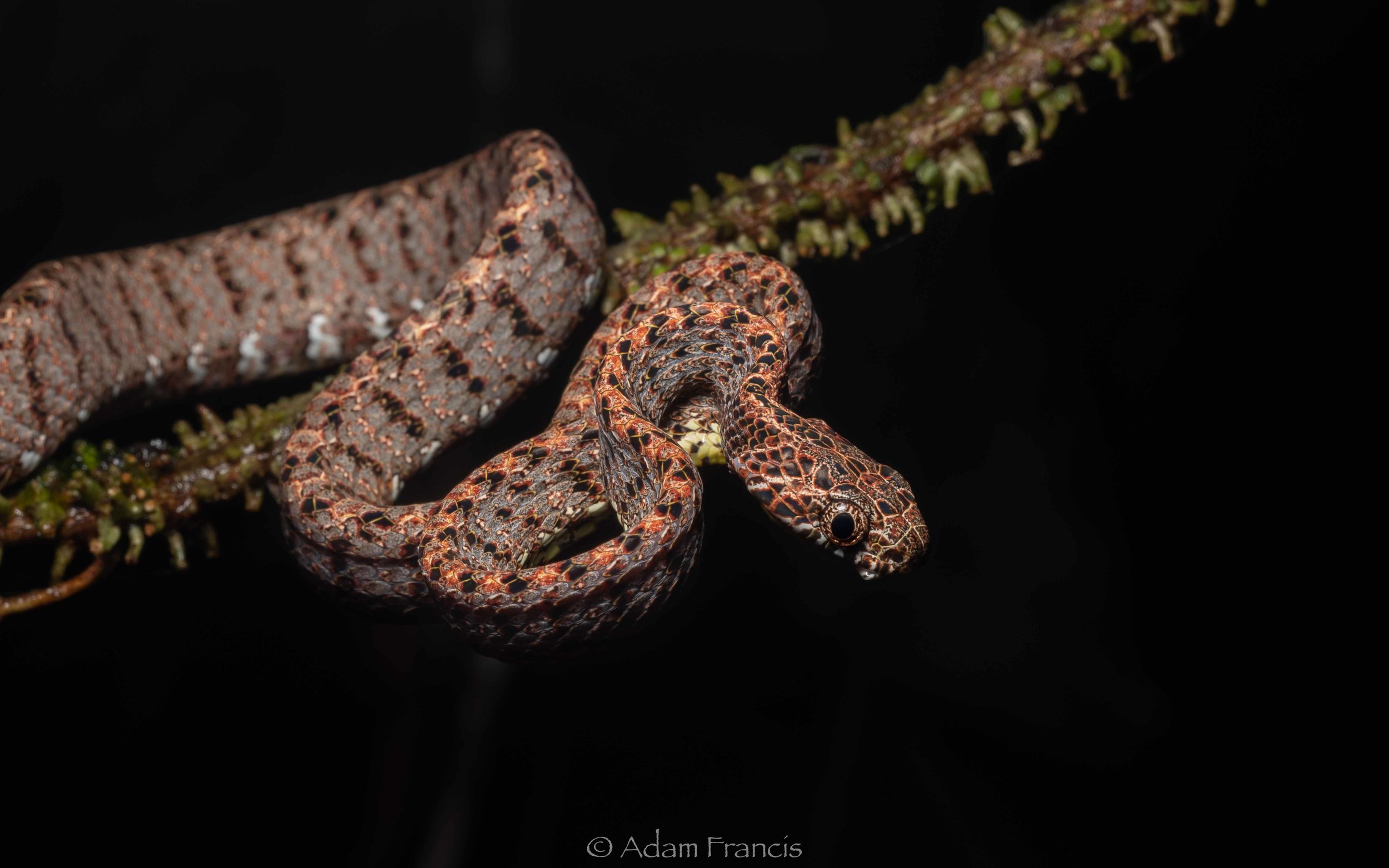
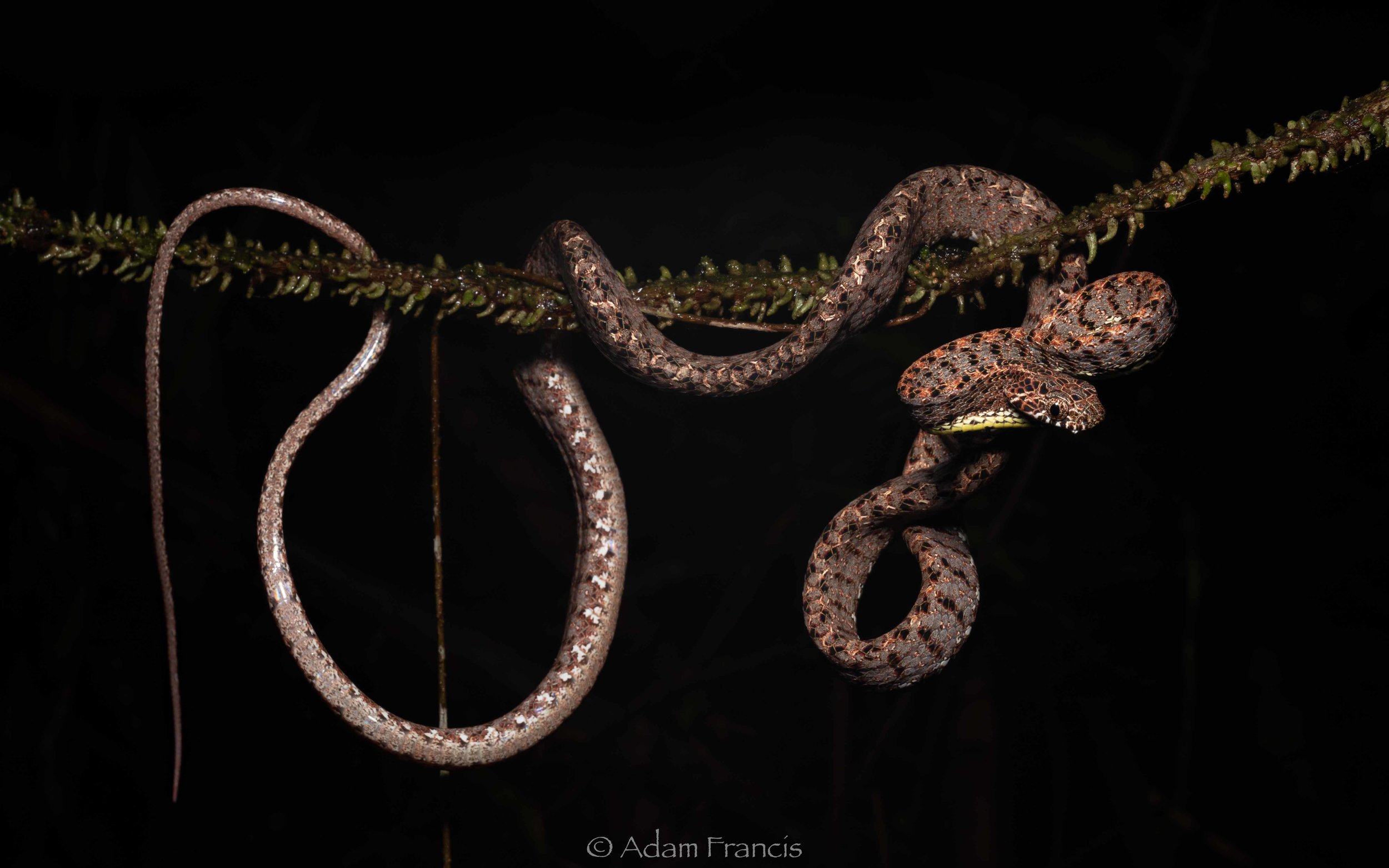
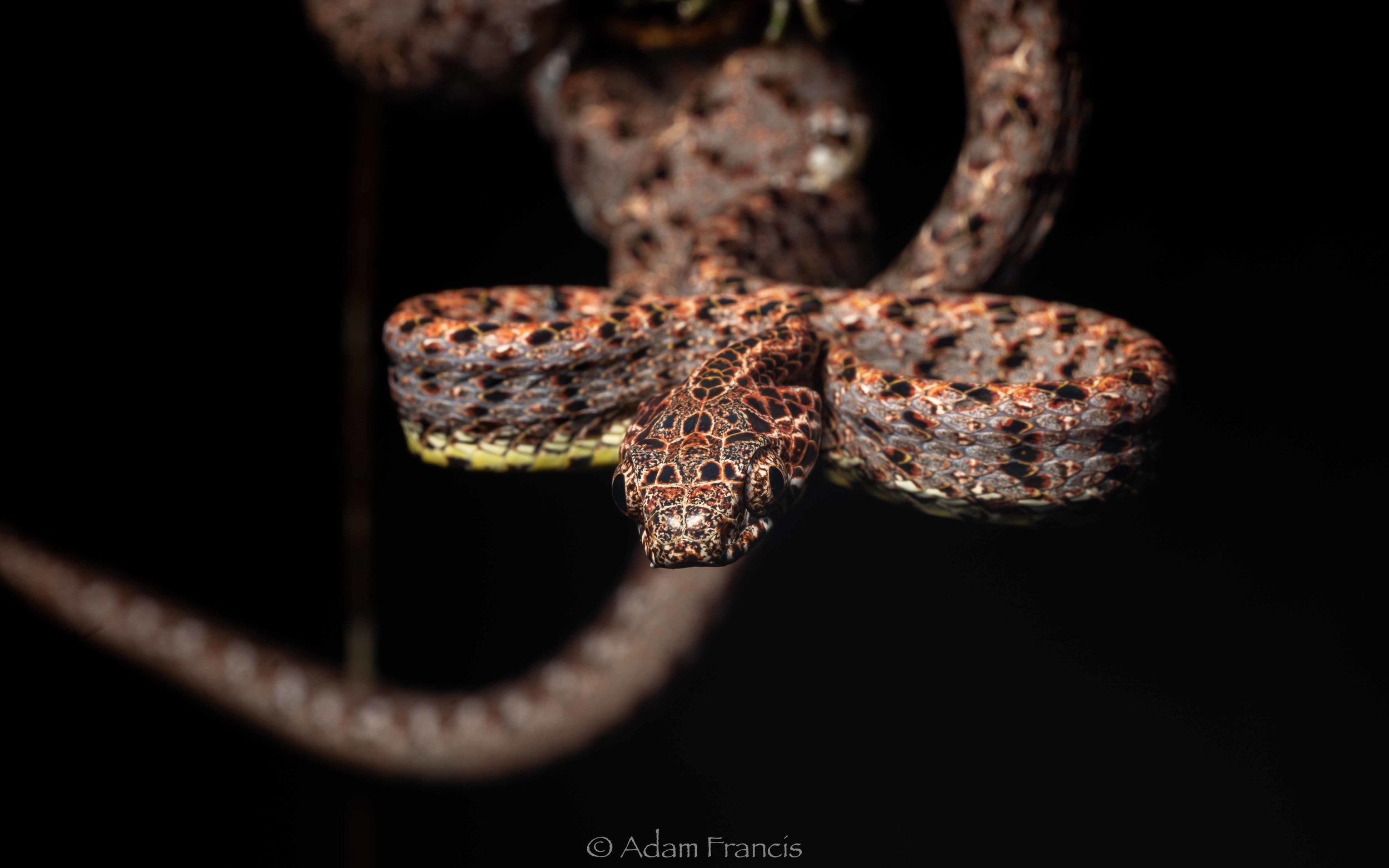

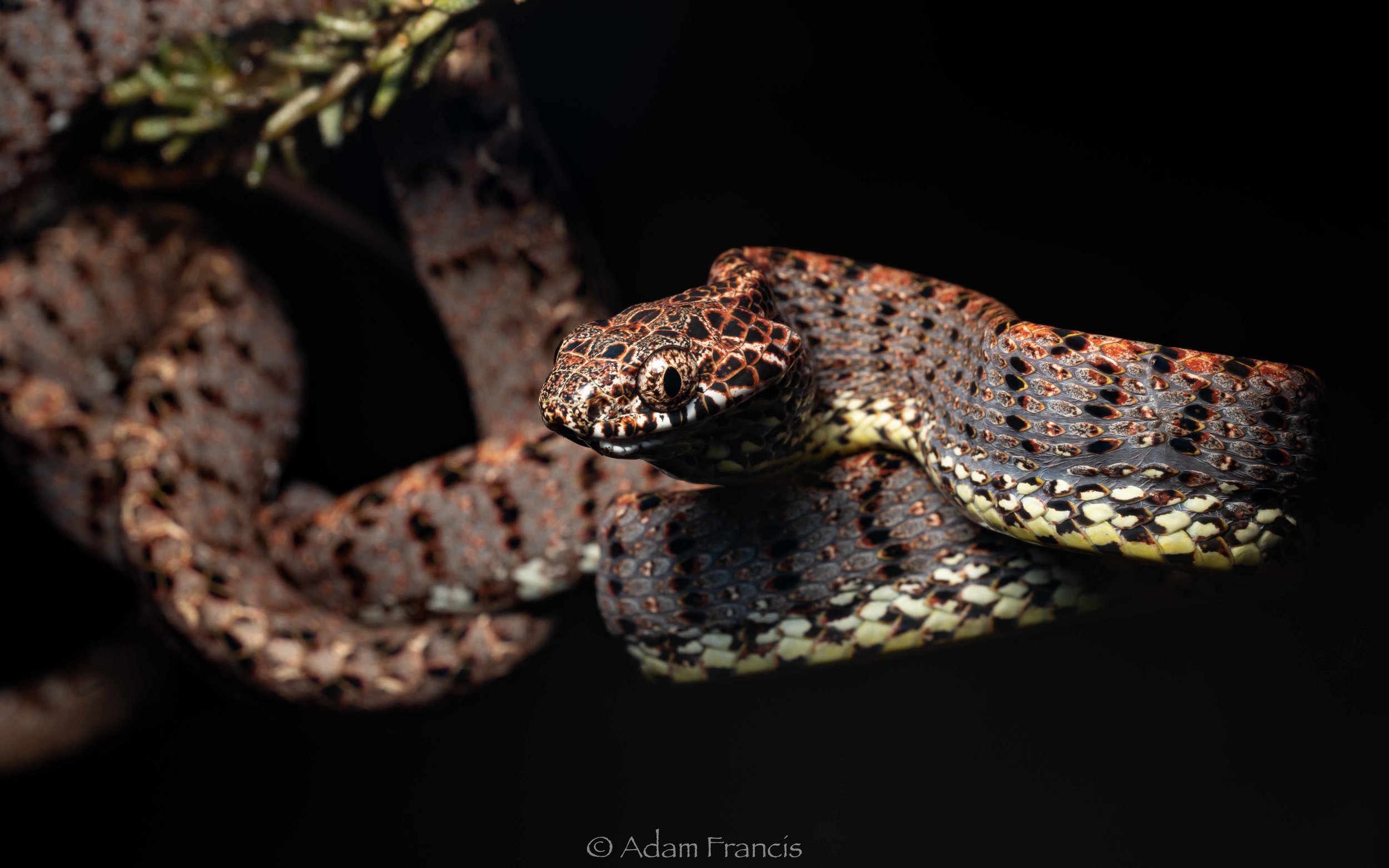
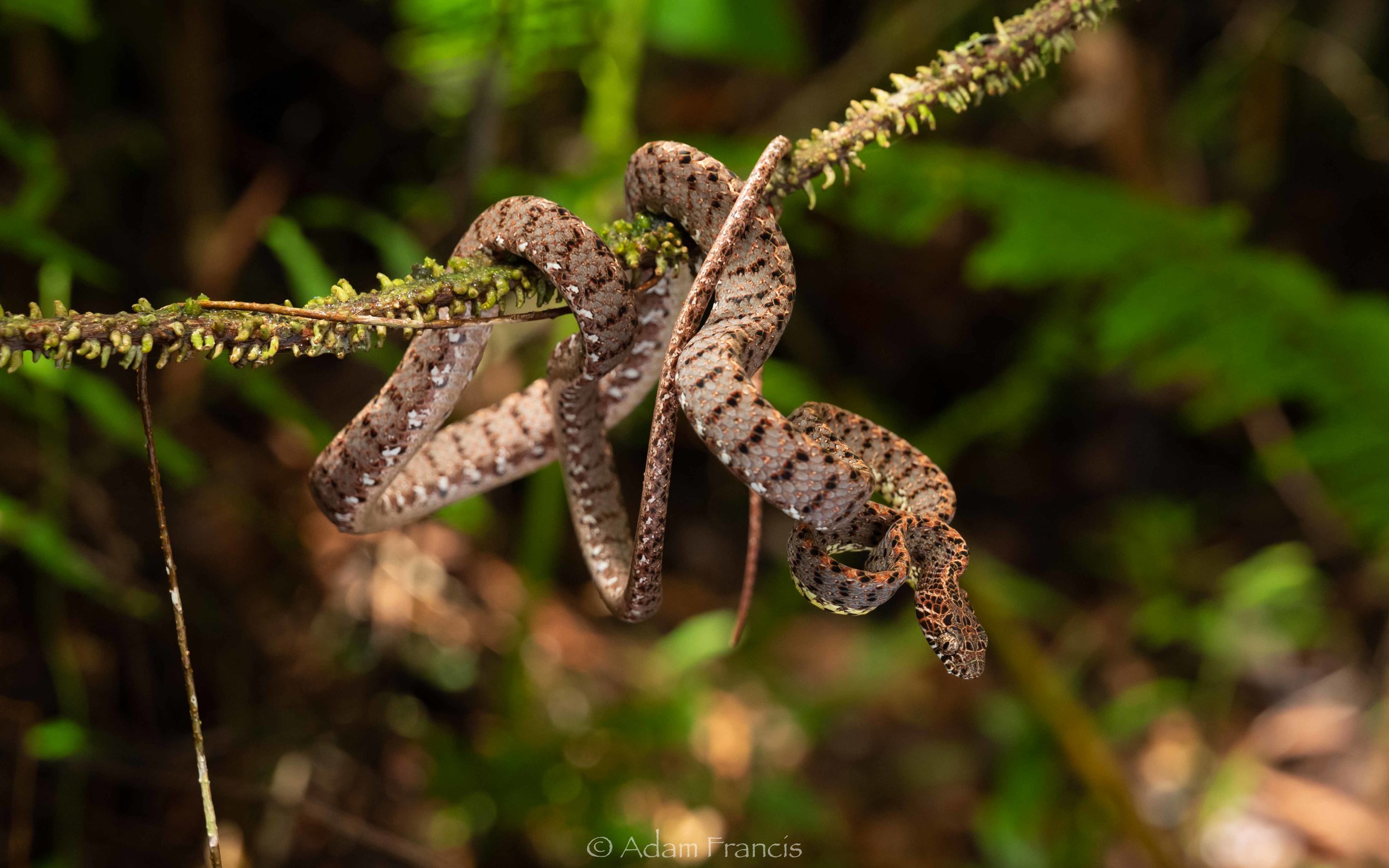
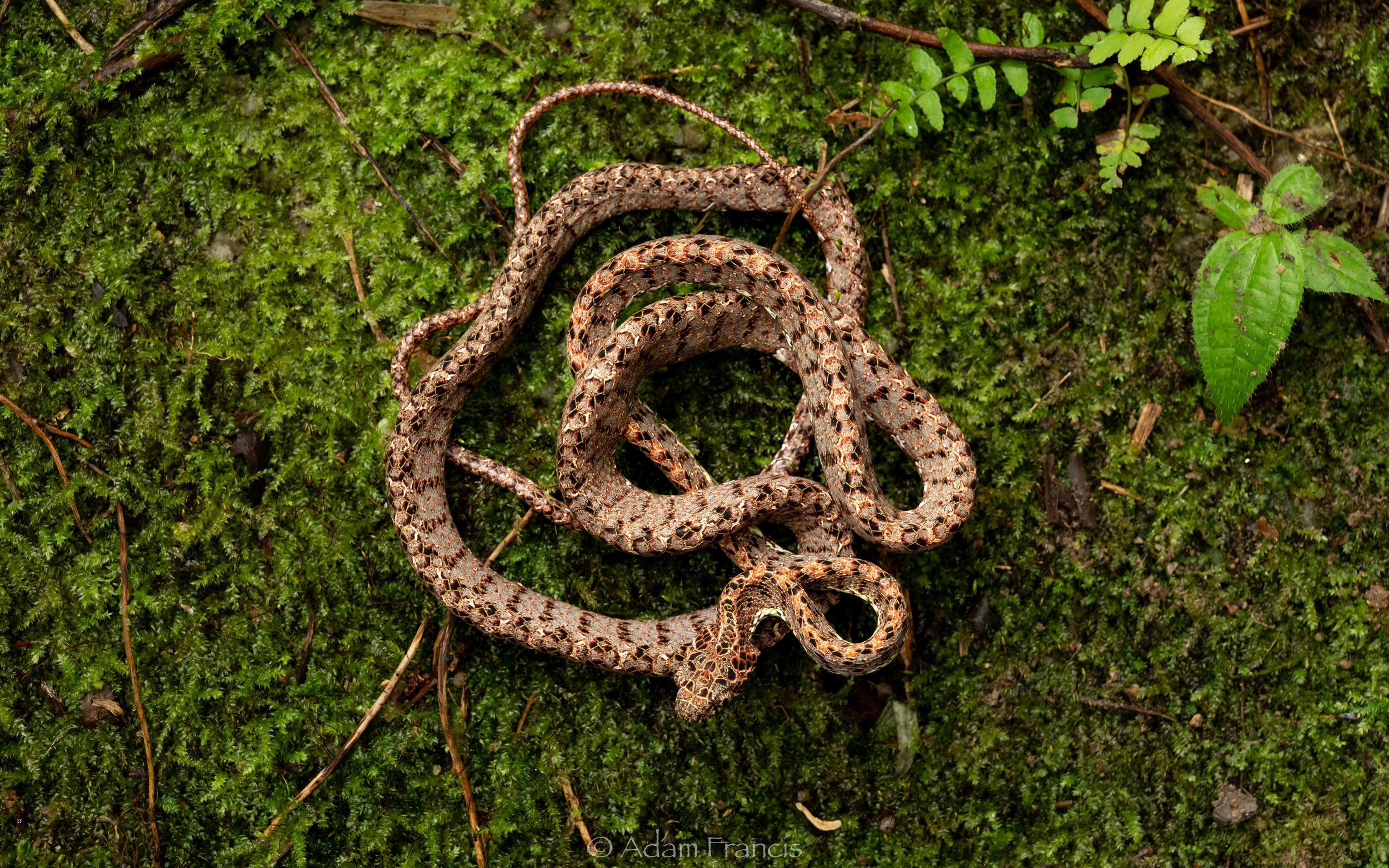
DESCRIPTION
Very highly patterned with grey brown body coloration, black spots run the length of the body, spine is orange or red in color with black spots, head is covered in black spots with orange/red highlights. belly scales under the neck are yellow in color. Head is large relative to the neck and the tail is long typical of Boiga. A very unique looking snake best identified with the aid of photographs.
BEHAVIOR
The Jasper Cat Snake is a largely arboreal snake and as such is prone to seek out high ground when confronted. They also commonly display initial aggressive behavior by positioning their front half into a defensive 'S' position. They will strike with largely false bites and occasionally real hits, but their diminutive size renders any genuine bite relatively harmless. Capable of puffing up their throat into a distinct sphere shape when defensive.
HABITAT
Due to their largely arboreal nature Jasper Cat Snakes are generally found in forested areas, often close to some water source. They have also been observed in more open areas like fern groves. During the day they hide in hollow logs or under ledges closer to the ground.
MISTAKEN IDENTITY
NO SNAKE SHOULD EVER BE HANDLED BY ANYONE BUT EXPERTS: The Jasper Cat Snake is a relatively uniquely patterned snake and is difficult to mistake with other species especially when considering their arboreal behaviors.

